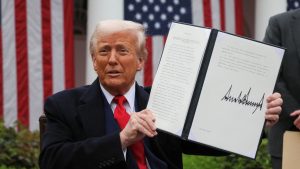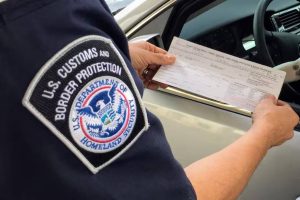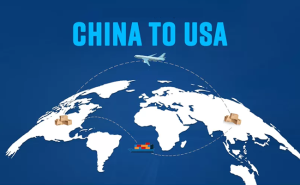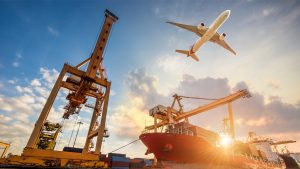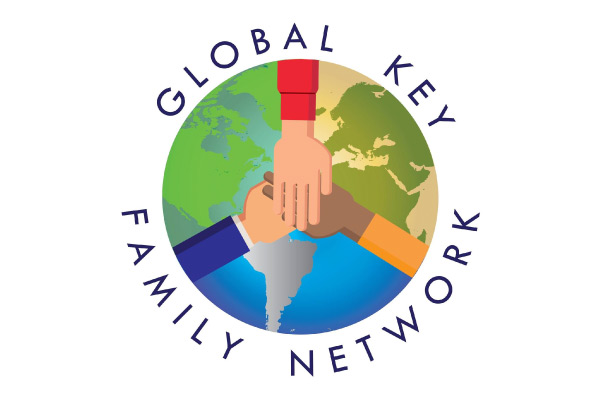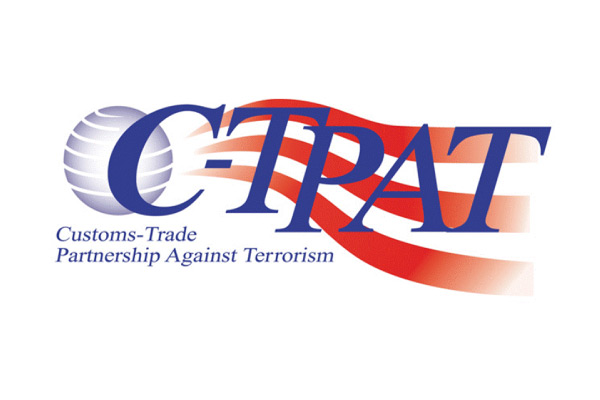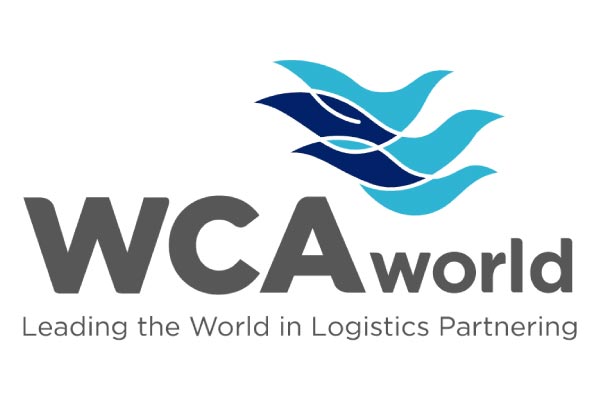Imagine a scenario where physical borders are no longer sufficient to contain the immense volume of data circulating in real time, determining the success or failure of transactions thousands of miles away.
Open Source Intelligence (OSINT) is not just a technological tool, but an extension of borders themselves, a lens that transcends geographical limitations and focuses on the invisible, the digital.
This concept, explored in depth in the World Customs Organization (WCO) study reveals the transformative power of OSINT.
It is a revolution that goes beyond traditional customs control practices. Customs, historically focused on physical and documentary verifications, now enter a universe of open data extracted from social networks, e-commerce sites and even connected devices.

Re-imagining customs
The WCO report, which serves as the basis for this transformation, explores how OSINT can be used to track fraud and identify smuggling schemes, acting as an invisible force that permeates global transactions.
In fragile border situations, public data collection enables customs to intercept illicit activity before goods reach inspection points. It is as if customs were suddenly present in every corner of global trade, albeit physically far away.
However, this capability also brings with it new challenges. While customs are becoming more efficient and secure, the reliance on data creates an unprecedented ethical responsibility.
The use of public data must be aligned with international privacy and information protection regulations. OSINT is a powerful tool, but its power must be managed carefully. The balance between security and privacy is the dilemma that arises.
In developing countries, these challenges are even more pronounced. The implementation of advanced technologies such as OSINT and AI often faces barriers such as insufficient infrastructure, lack of qualified human resources, and limited budgets.
The absence of adequate IT infrastructure can prevent these nations from keeping pace with global innovations, creating a significant technological gap in the customs sector. Adapting these solutions in contexts with infrastructure and funding constraints is therefore a complex task, requiring careful strategic planning.


